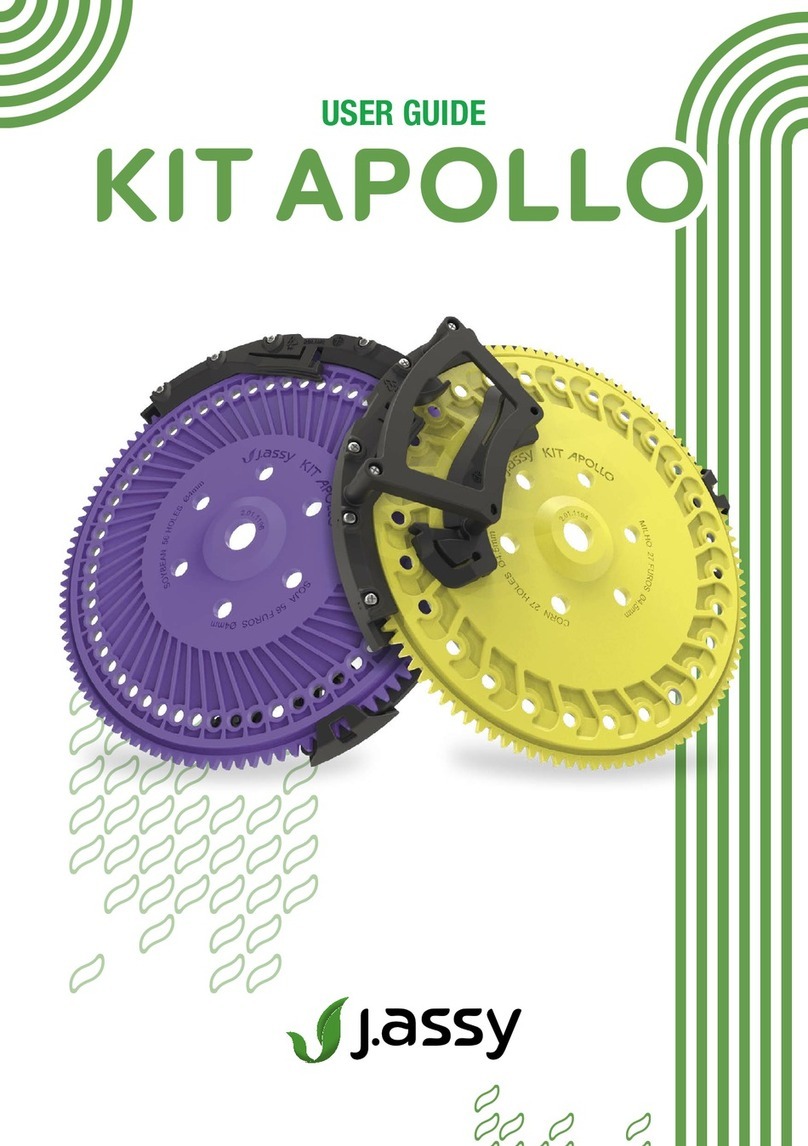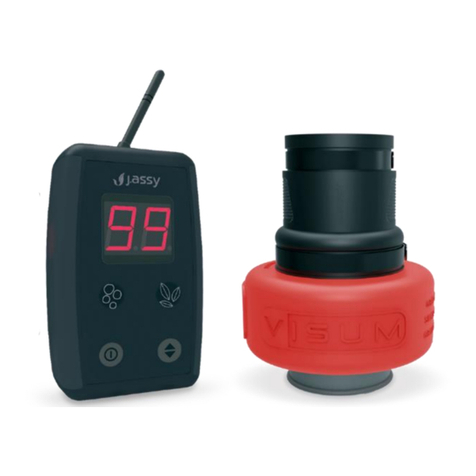Table of
Contents
Specifications ................................................................................... 04
Visum Fertilizer...............................................................................04
J.Assy Monitor................................................................................04
J.Assy ECU.....................................................................................04
Installation Visum............................................................................. 05
Installation Monitor...........................................................................07
Power Connection ..........................................................................08
Network ID..........................................................................................10
Operation ............................................................................................12
Functions description..........................................................................14
F1 | Reading sensor status........................................................14
F2 | Changing the monitor volume ............................................15
F3 | Changing the Screen Brightness........................................15
F4 | Check sensor ID.................................................................16
F5 | Address sensors.................................................................17
F6 | Display the monitor ID ........................................................18
F7 | Customize the Maneuver beep time...................................19
Troubleshooting .............................................................................20
Installation ECU ................................................................................ 22
Requirements .................................................................................22
Steps...............................................................................................23
Network ID......................................................................................24
Adjusting the language...................................................................26
Functions description......................................................................28
J.ASSY Screen ..........................................................................28
Alarm when in another screen...................................................29
Settings......................................................................................30
Deactivate a sensor.................................................................30
Access settings........................................................................31
Set number of rows..................................................................32
Add sensors.............................................................................32
Setting maneuver alarm display ..............................................34
Change password....................................................................36
Troubleshooting table.....................................................................38
Cleaning and Storage.......................................................................41
Warranty ............................................................................................41
Discarding .........................................................................................42





























